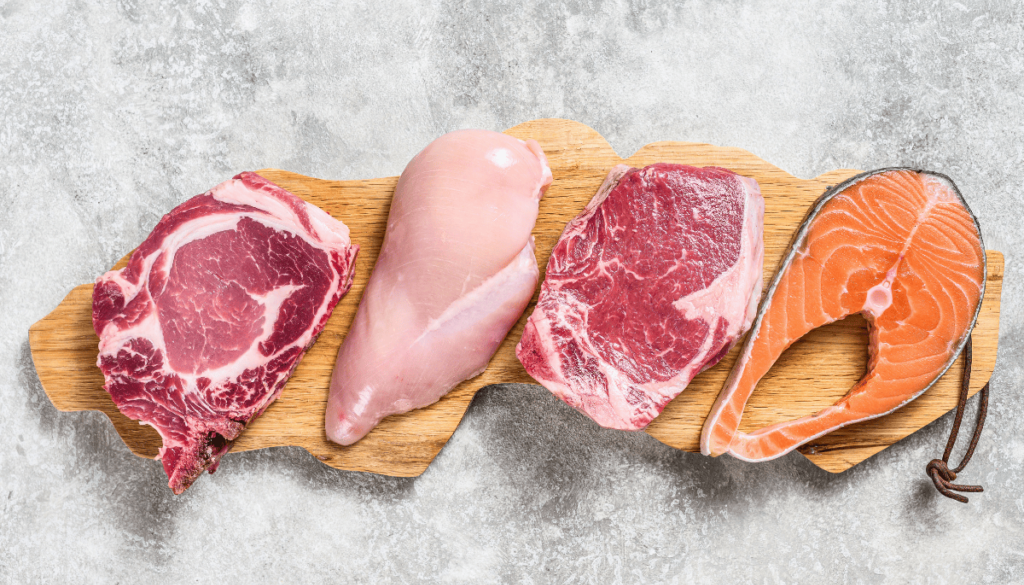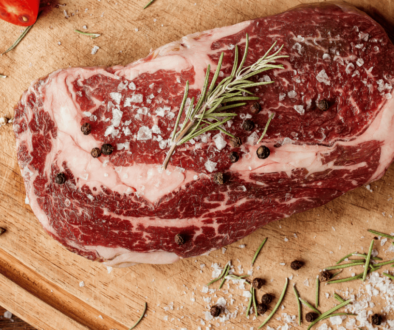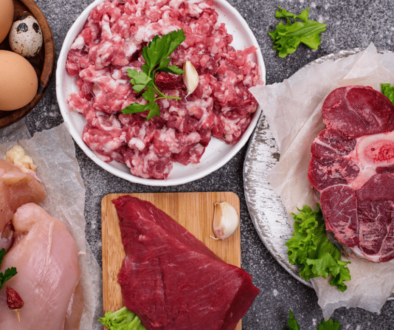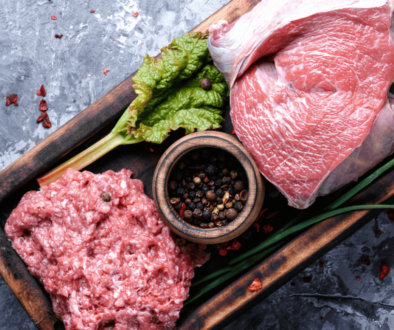Carnivore Diet Key Point 4: Potential Challenges
Key Point 4: Potential Challenges and How to Overcome Them
Like any lifestyle change, the carnivore diet comes with challenges. Awareness of common obstacles and strategies to overcome them can improve your experience, especially during the early stages.
1. Nutrient Concerns
A common question with the carnivore diet is whether it provides all essential nutrients. Since it excludes fruits, vegetables, and grains, people sometimes need more nutrients like fiber, vitamin C, and potassium.
To address these concerns:
– Organ Meats: Liver and other organ meats are rich in essential nutrients, including vitamin C.
– Seafood: Fish like salmon and sardines add omega-3 fatty acids, iodine, and vitamin D.
– Supplements: Some women opt to supplement specific nutrients. If you experience signs of deficiency (like muscle cramps or fatigue), a potassium or magnesium supplement may help.
– Fiber: Many on the carnivore diet report improved digestion despite a lack of fiber, as eliminating plant-based foods can reduce bloating and other digestive issues.

2. The Adaptation Period
The first few weeks on the carnivore diet can be challenging, with symptoms often called the “keto flu.” These symptoms—headaches, fatigue, irritability, and nausea—occur as your body adjusts to burning fat as its primary energy source.
To manage this phase:
– Stay Hydrated: Drink plenty of water to help reduce fatigue and headaches.
– Balance Electrolytes: Salt and electrolytes are crucial, as they help your body through the adaptation period.
– Bone Broth: Many find bone broth beneficial, as it’s rich in electrolytes.
This phase is temporary, and once your body adapts, you may feel a boost in energy, mental clarity, and overall well-being.
3. Dealing with Social Pressure
Another challenge can be the social aspects of the diet. Since the carnivore diet is unconventional, you might encounter questions or scepticism from friends, family, and healthcare providers. This can be especially tough in social settings where food is central, such as family gatherings or dining out with friends.
To handle this:
– Prepare a Simple Explanation: A brief statement like, “I feel best eating this way,” can help ease the conversation without requiring a detailed justification.
– Plan for Social Events: When dining out, many restaurants offer meat-based options, such as steak, grilled chicken, or burgers without the bun. Consider bringing a carnivore-friendly dish for potlucks to share and ensure you have something to eat.
4. Boredom with Food Choices
The carnivore diet restricts most foods, which can feel monotonous over time. Eating mainly meat, eggs, and seafood daily can lead to boredom if you don’t vary your meals.
To keep things interesting:
– Experiment with Cooking Methods: Try grilling, roasting, or slow-cooking to change textures and flavours.
– Try Different Meats: Switch things up with lamb, venison, or duck to add variety.
– Add Flavor with Bone Broths and Sauces: Homemade carnivore-friendly sauces and broths can enrich your meals.
The Carnivore Diet: A Simple, Effective Guide for Beginners
Initially, but don’t worry; I’m here to help guide you through it. Essentially, this diet is all about embracing animal-based foods and cutting out everything else—yes, that means no fruits, veggies, or grains!
Starting with the basics, think of your meals as a celebration of meat. You can enjoy beef, pork, chicken, fish—almost anything from animals… read more
Key Point 1: What is the Carnivore Diet?
If you’re curious about the Carnivore Diet but unsure where to start, you’re not alone! The idea of sticking strictly to animal products might feel daunting, especially when there’s so much information—and misinformation—floating around. The good news is that transitioning to a carnivore lifestyle doesn’t have to be complicated. With some guidance, this diet can be approachable, flexible, and … read more
Key Point 2: Benefits of the Carnivore Diet
Once you know the basics, the benefits of a carnivore diet start to stand out. Many women, balancing multiple roles, find the simplicity and focus of this diet appealing. So, what specific benefits could it bring? … read more
Key Point 3: How to Get Started on the Carnivore Diet
Leaping a new way of eating can feel overwhelming, especially when it’s as different as the carnivore diet. But starting doesn’t have to be complicated. Following a few simple steps, you can ease into the diet and set yourself up for success… read more
Key Point 5: Tracking Progress and Staying Motivated
Starting and sticking to a new diet like the carnivore diet can be challenging, especially for women balancing work, family, and personal health goals. Here’s how to track your journey and stay motivated… read more
Key Point 6: Long-Term Sustainability and Lifestyle Integration
Sustaining the carnivore diet long-term involves strategies for balancing it with family life, budgeting, socialising, and listening to your body. Here’s how to integrate the carnivore diet into a busy lifestyle without burnout… read more
Your Carnivore Journey Starts Here
The carnivore diet offers a unique approach to health and wellness. From simplified meal planning to potential benefits like increased energy and better digestion, this way of eating brings numerous possibilities for transformation… read more




